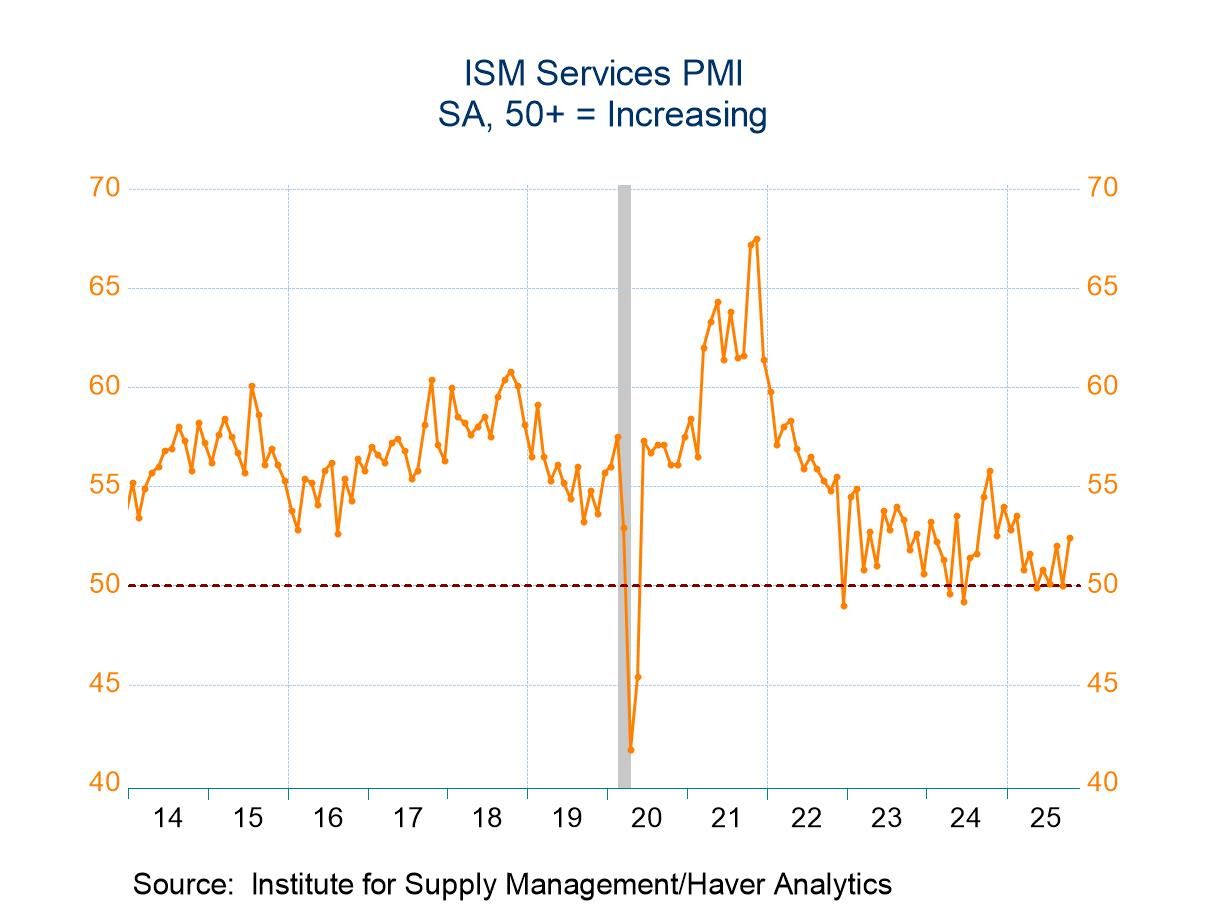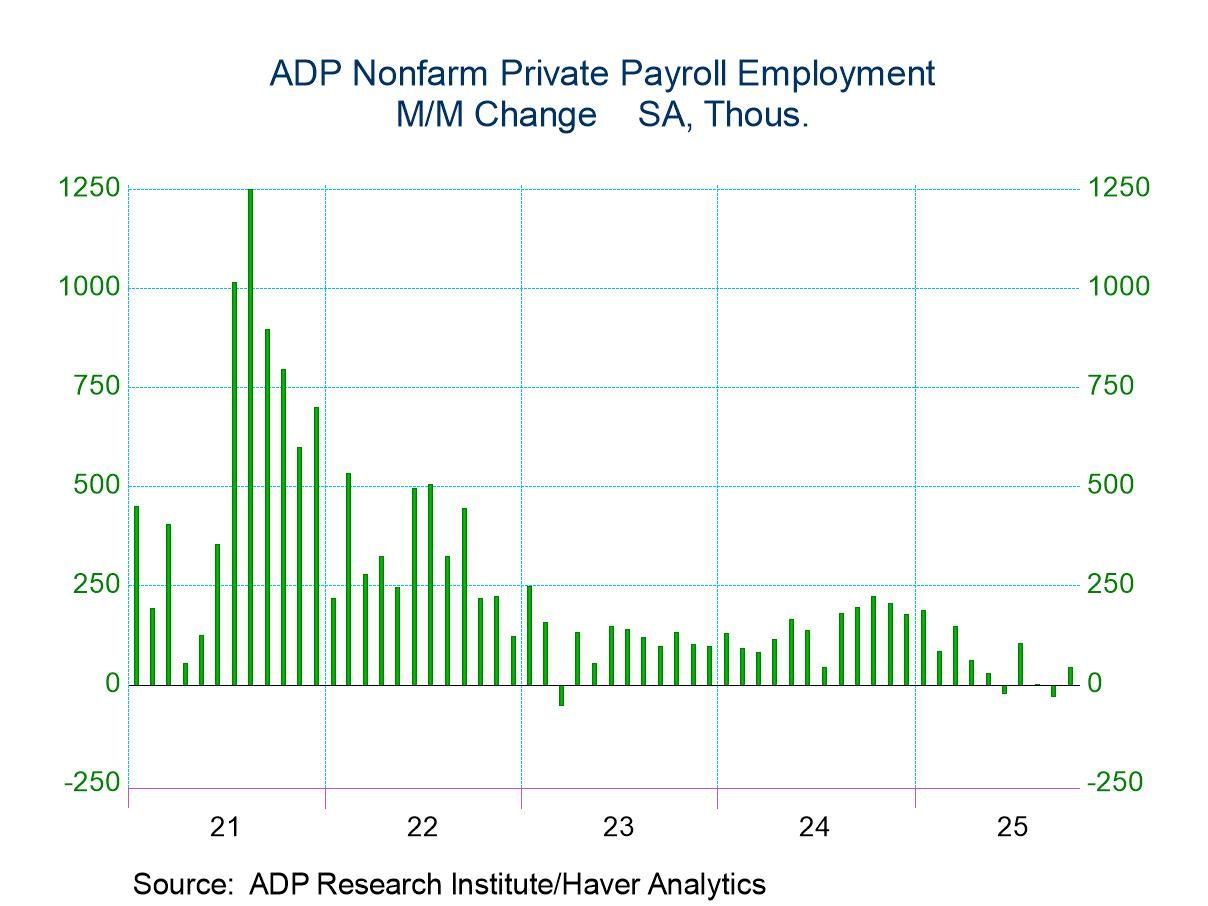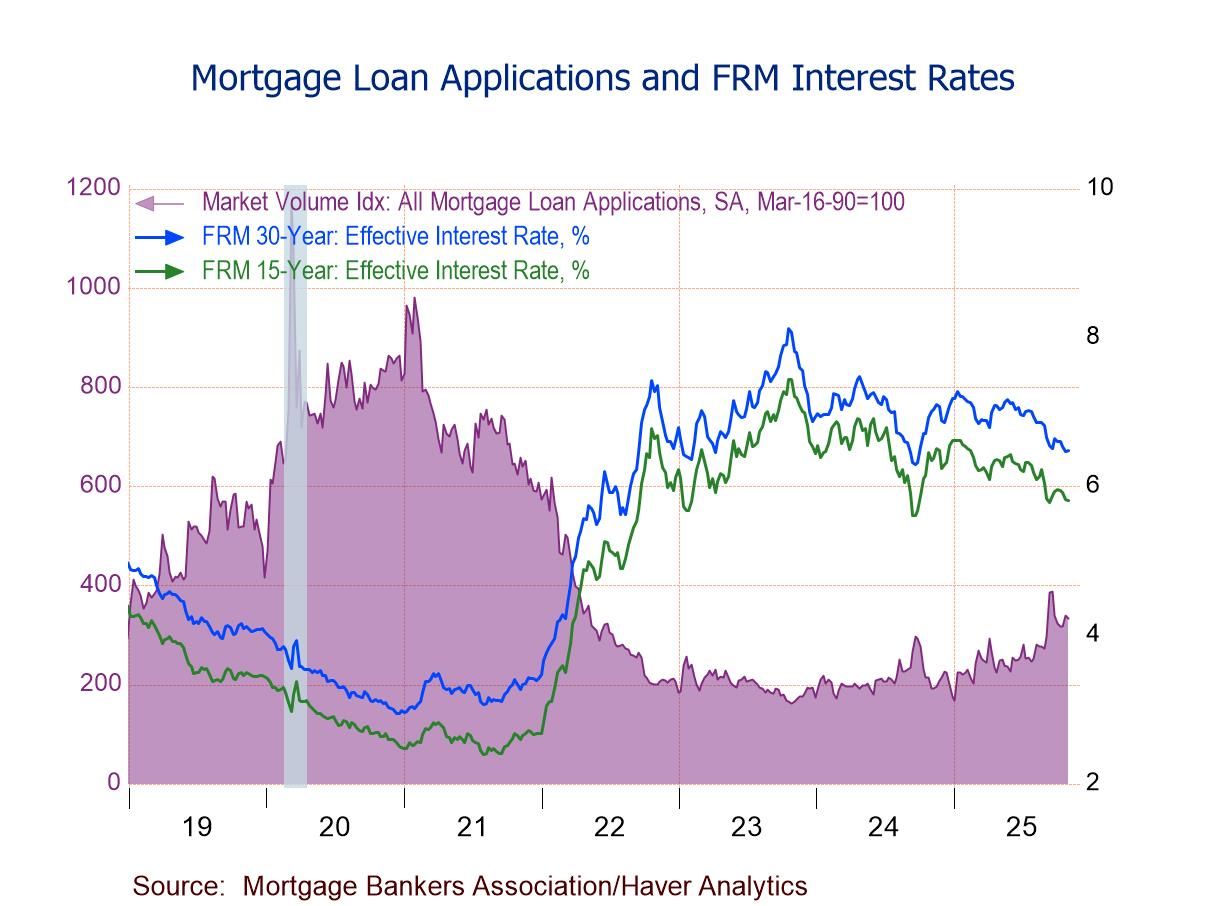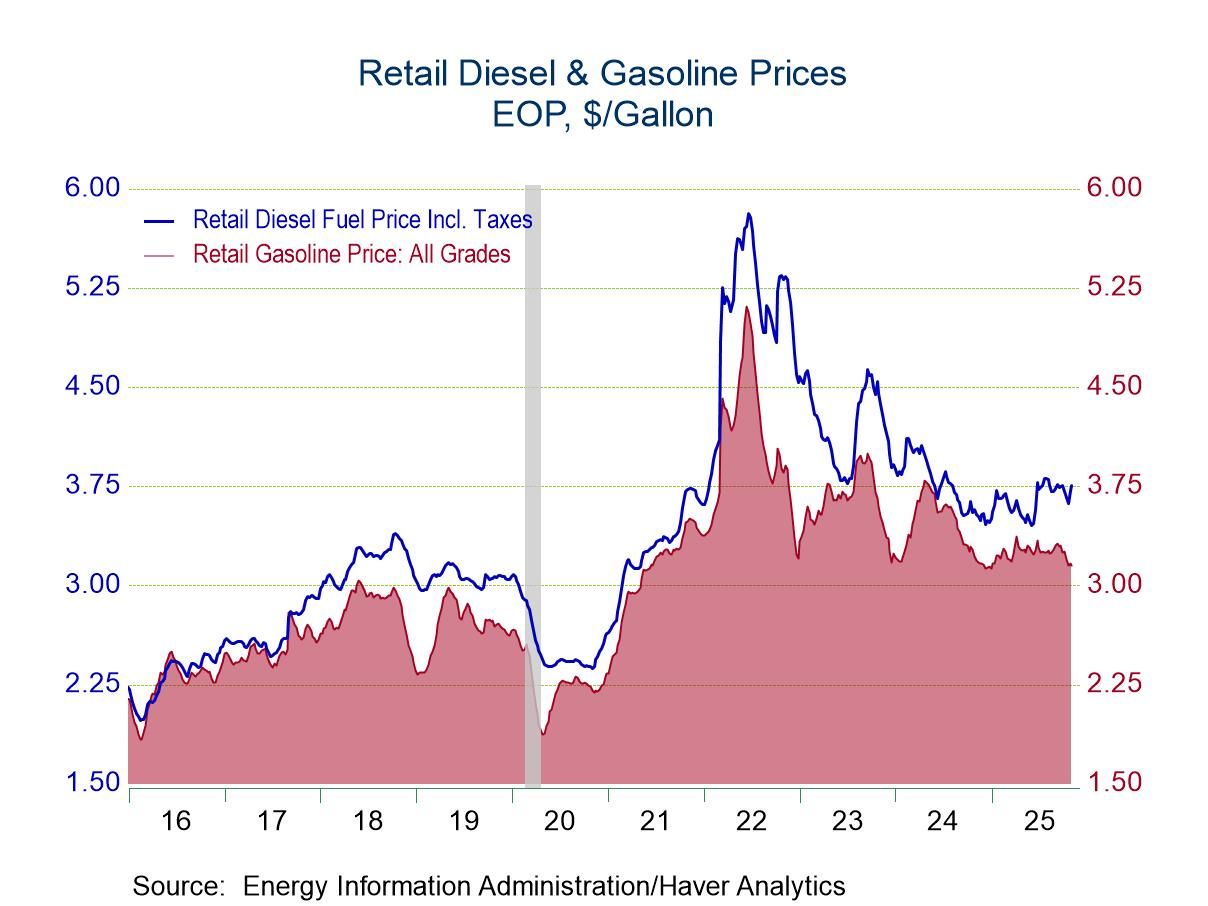 Global| May 28 2019
Global| May 28 2019Texas Factory Sector Falls Further in May
by:Sandy Batten
|in:Economy in Brief
Summary
The Federal Reserve Bank of Dallas reported in its Texas Manufacturing Outlook Survey that the General Business Activity Index declined to -5.3 in May from 2.0 in April. This is the third consecutive monthly decline and the lowest [...]
The Federal Reserve Bank of Dallas reported in its Texas Manufacturing Outlook Survey that the General Business Activity Index declined to -5.3 in May from 2.0 in April. This is the third consecutive monthly decline and the lowest reading since December 2018 and indicates that Texas manufacturers think general business conditions are deteriorating.
Factory activity continued to expand in May, though at a slower pace, with the production diffusion index falling to 6.3 from 12.4 in April. New orders (demand) also continued to grow but also at a slower pace with that the orders growth diffusion index falling to 1.1 from 5.2 in April. In contrast, labor market indicators were more robust in May. The employment index rose to 11.6 in May from 4.6 while the wages and salaries index was little changed.
Inflation appeared to be well contained in May. The finished goods prices received index dropped to 0.7 from 6.0 in April. The May reading was the lowest since September 2016. The prices paid for raw materials index continued its decline in May, falling slightly to 7.4, its lowest reading since April 2016.
The index of expected business conditions in six months also slipped in May, falling to 9.1 from 18.4 in April. The production, new orders, shipments, employment and wage indexes each weakened.
Each index is calculated by subtracting the percentage reporting a decrease from the percentage reporting an increase. When all firms report rising activity, an index will register 100. An index will register -100 when all firms report a decrease. An index will be zero when the number of firms reporting an increase or decrease is equal. Items may not add up to 100% because of rounding. Data for the Texas Manufacturing Outlook can be found in Haver's SURVEYS database.
| Texas Manufacturing Outlook Survey (SA, % Balance) | May | Apr | Mar | May'18 | 2018 | 2017 | 2016 |
|---|---|---|---|---|---|---|---|
| Current General Business Activity Index | -5.3 | 2.0 | 6.9 | 27.0 | 25.8 | 20.6 | -8.9 |
| Production | 6.3 | 12.4 | 10.5 | 35.4 | 21.8 | 20.2 | 2.4 |
| Growth Rate of New Orders | 1.1 | 5.2 | -2.0 | 26.7 | 14.8 | 11.4 | -7.3 |
| Employment | 11.6 | 4.6 | 12.2 | 23.8 | 20.0 | 11.4 | -4.9 |
| Wages & Benefits | 27.6 | 28.2 | 30.0 | 24.5 | 29.7 | 22.2 | 17.6 |
| Prices Received for Finished Goods | 0.7 | 6.0 | 6.5 | 20.5 | 17.6 | 12.7 | -1.6 |
| General Business Activity Index Expected in Six Months | 9.1 | 18.4 | 18.4 | 29.5 | 31.6 | 34.5 | 8.9 |
| Production | 36.5 | 41.3 | 51.5 | 58.6 | 48.5 | 46.8 | 35.8 |
| Growth Rate of New Orders | 25.3 | 27.5 | 32.4 | 38.1 | 35.9 | 37.7 | 24.3 |
| Employment | 28.9 | 33.4 | 37.5 | 38.0 | 37.6 | 35.2 | 16.7 |
| Wages & Benefits | 32.8 | 38.8 | 54.3 | 51.0 | 50.4 | 43.4 | 34.9 |
Sandy Batten
AuthorMore in Author Profile »Sandy Batten has more than 30 years of experience analyzing industrial economies and financial markets and a wide range of experience across the financial services sector, government, and academia. Before joining Haver Analytics, Sandy was a Vice President and Senior Economist at Citibank; Senior Credit Market Analyst at CDC Investment Management, Managing Director at Bear Stearns, and Executive Director at JPMorgan. In 2008, Sandy was named the most accurate US forecaster by the National Association for Business Economics. He is a member of the New York Forecasters Club, NABE, and the American Economic Association. Prior to his time in the financial services sector, Sandy was a Research Officer at the Federal Reserve Bank of St. Louis, Senior Staff Economist on the President’s Council of Economic Advisors, Deputy Assistant Secretary for Economic Policy at the US Treasury, and Economist at the International Monetary Fund. Sandy has taught economics at St. Louis University, Denison University, and Muskingun College. He has published numerous peer-reviewed articles in a wide range of academic publications. He has a B.A. in economics from the University of Richmond and a M.A. and Ph.D. in economics from The Ohio State University.










